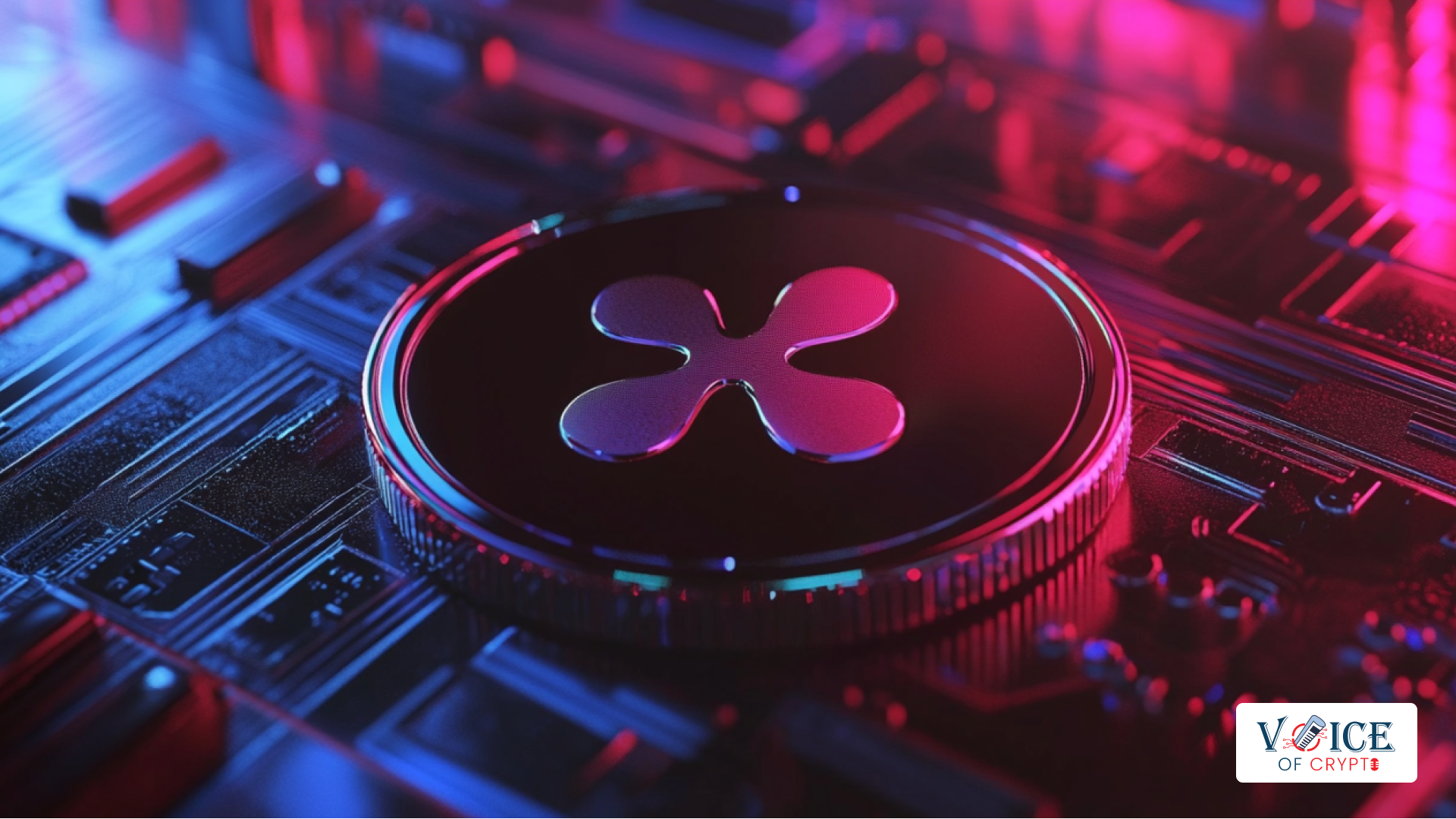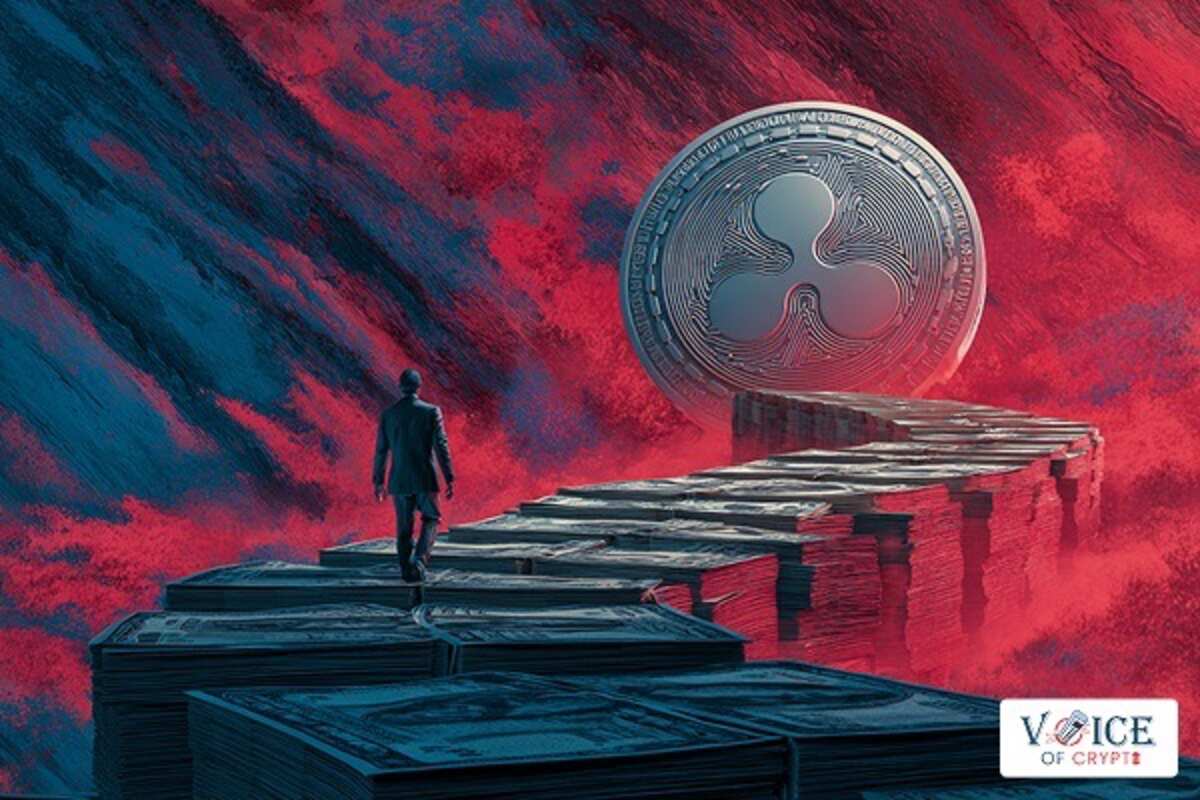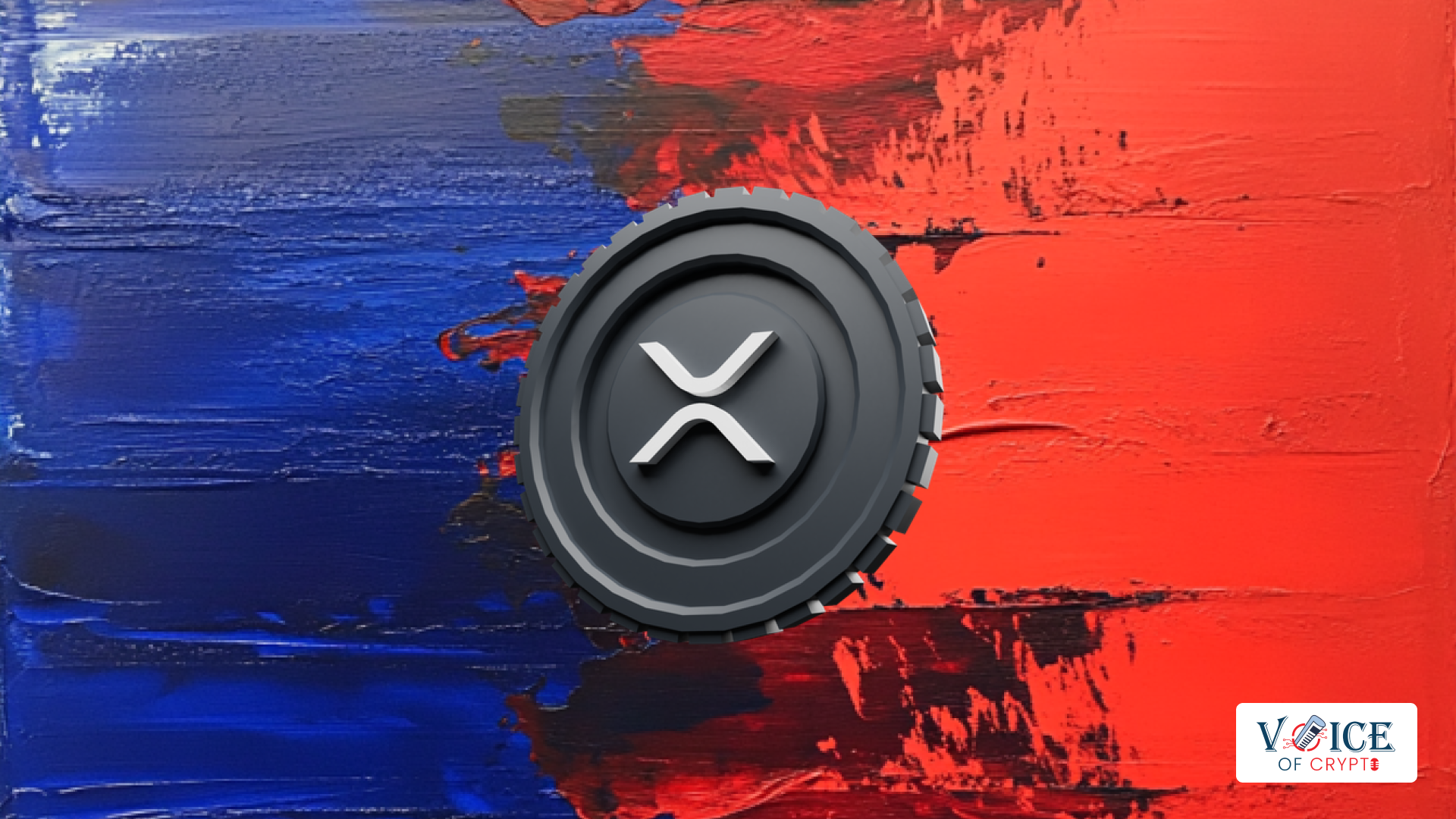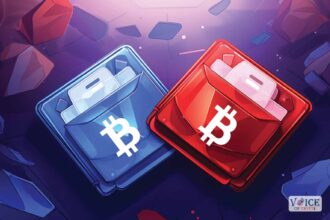Key Insights:
- XRP Ledger is the blockchain developed by Ripple Labs and is the native blockchain for XRP and RLUSD.
- The blockchain is primarily used for cross-border payments and RWA tokenization and is a favorite among institutions.
- Pros include a super fast blockchain (3 to 5 seconds settlement) and high efficiency (around 0.00001 XRP).
- The blockchain sees a wide range of applications from cross-border payments, RWA, banking, and financial markets.
What is the XRP Ledger?
XRP Ledger is the native blockchain of XRP and the RLUSD stablecoin. It was developed by Ripple Labs and launched in 2013. The aim of the blockchain was to provide a faster settlement time against Bitcoin’s 10 minutes.
The $XRP ledger is an Open Source Decentralized Tech, some of the creators of the $XRP Ledger were early #Bitcoin developers. pic.twitter.com/5zv3qjcCLJ
— EDO FARINA XRP (@edward_farina) June 6, 2024
XRP Ledger has been used for multiple applications over the years, starting from being a cross-border settlement mechanism to land record digitization and Real World Asset Tokenization (RWA).
It has found wide financial acceptance primarily in the corporate world, with leading financial institutions like JP Morgan, American Express Bank, Standard Chartered, MoneyGram International, and several other banks using it to bring efficiency to their internal and cross-border transactions.
A reason why the XRP Ledger has seen such a wide financial application is its record time in providing transaction settlement. The blockchain takes around 3 to 5 seconds even for the largest transactions across thousands of miles. Further, its security is also noted to be of the best grade.
However, due to the lack of smart contract capability, the blockchain has faced criticism. Ripple Labs, which is responsible for the development of the chain, has proposed the introduction of a sidechain to accommodate smart contracting capability. Another criticism faced by XRPL is the degree of centralization. The blockchain has only 150 validators, with only 35 in the “trusted validator” list.
XRP is super centralized. Has 119 validator nodes running as of now. To control XRP only 28 or so validators need to be controlled ( pretty sure one entity already running over 30 nodes)
119 is a miniscule number compared to miners, full nodes, ln nodes
— Ron Mohanty ⚡️ (@rounakskm) May 2, 2022
Tokens on the XRP Ledger
XRP
XRP is the native token of the XRP Ledger and is the 3rd largest cryptocurrency by marketcap after Bitcoin and Ethereum. It has a token supply of 100 billion, out of which around 58% of the tokens are in circulation.
XRP has been around since 2013, when its ICO was launched. The token has been through severe legal scrutiny but managed to finally shed all its legal troubles in 2025.
RLUSD
RLUSD is the native stablecoin of the XRP Ledger and was created to act as a medium of settlement with zero slippages. Previously, this role was played by XRP, but since its price is volatile, Ripple Labs introduced XRPL. The token is also aimed at the RWA markets which will use it as a base token (such as USDT in BTC/USDT) or as collateral for their security offering.
Applications
XRP Ledger has a wide range of applications due to its advantages, such as simple integration, faster settlement times, and wide acceptance.
#Ripple $XRP $RLUSD
The XRPL will be a bustling marketplace. Volume & velocity via payments, RWAs, Trading Algorithms, Game Fi, NFTs. MPTs, side chain activity, staking etc…$RLUSD will be used alongside $XRP for more liquidity options in the payment flows.The amount of… pic.twitter.com/5IWtyDl1SF
— Andrew De’Vilbiss (@DrewDeVilbiss) October 29, 2024
Cross-Border Payments
XRPL is already a dominant player in the cross-border payments sector. The blockchain is already being used by top players like Standard Chartered, American Express, and many others.
XRPL’s fast settlement time has been the most prominent factor in pushing XRP for this application.
Real World Asset Tokenization
XRP is a pioneering player in RWA markets with its tokenization program alongside the Abrdn Liquid Fund. The program sought to tokenize a part of the liquid fund using XRP Ledger.
Institutional Fund Transfers
XRP Ledger is also a preferred way for internal settlements in various banks like
Future of XRPL
SEC’s Proposal to Integrate XRPL With the US Financial System
SEC has proposed to include XRPL in the US financial system has sparked a hope that the US Financial System including private players like JP Morgan, Goldman Sachs, Bank of America, and many others would adopt XRP as they are dependent on the US Fed for liquidity.
Future of RWA Markets
Real World Asset tokenization has been an emerging sector in crypto, with the second highest growth rate last year after memecoins. XRPL’s entry into this sector with Abrdn and the creation of RLUSD as a zero-slippage cryptocurrency to act as a medium of settlement is set to fast track its growth in this industry.
Breaking: TOTAL RWA VALUE HITS A NEW ATH OF $17.4B!
While the market struggles, #RWA continues to dominate #RWA tokens will leading the bull run! pic.twitter.com/A8Of4xUN7B
— Real World Asset Watchlist (@RWAwatchlist_) February 19, 2025
Replacing the SWIFT Mechanism
BREAKING: Investment Bank Report Identifies @Ripple as a Major Competitor to SWIFT!
SWIFT has already successfully tested #XRP with over 11,000 banks. pic.twitter.com/oMzqx66vau
— JackTheRippler ©️ (@RippleXrpie) October 1, 2024
With the current version of SWIFT coming to an end on 22 November 2025, the global consensus among financial institutions seems to be turning in favor of using a blockchain-based payment system.
In the USA, this payment system could be the XRP Ledger as proposed by the SEC which is expected to help save $7.5 billion annually.
Disclaimer: This article is intended solely for informational purposes and should not be construed as financial advice. Investing in cryptocurrencies involves substantial risk, including the possible loss of your capital. Readers are encouraged to perform their own research and seek guidance from a licensed financial advisor before making any investment decisions. Voice of Crypto does not endorse or promote any specific cryptocurrency, investment product, or trading strategy mentioned in this article.









